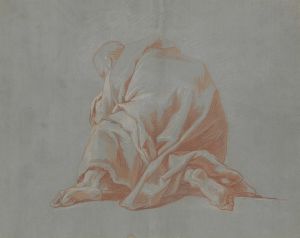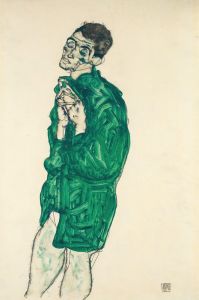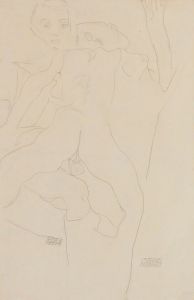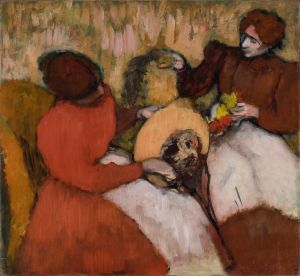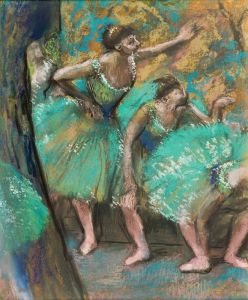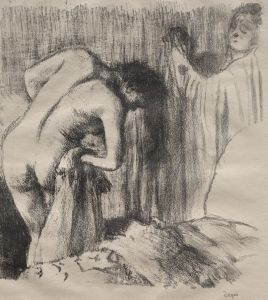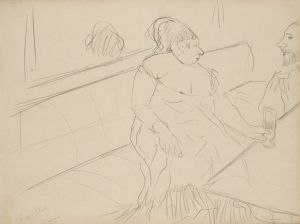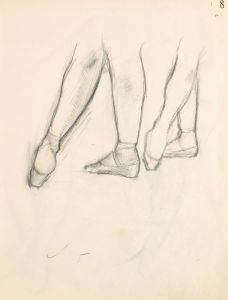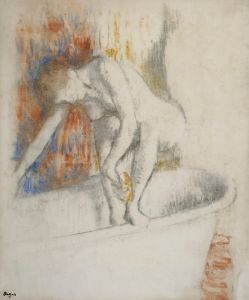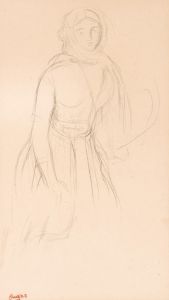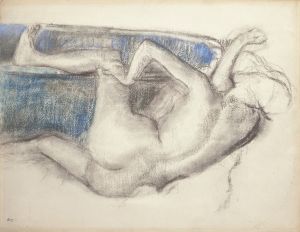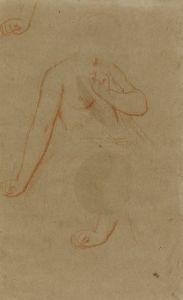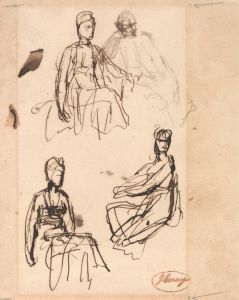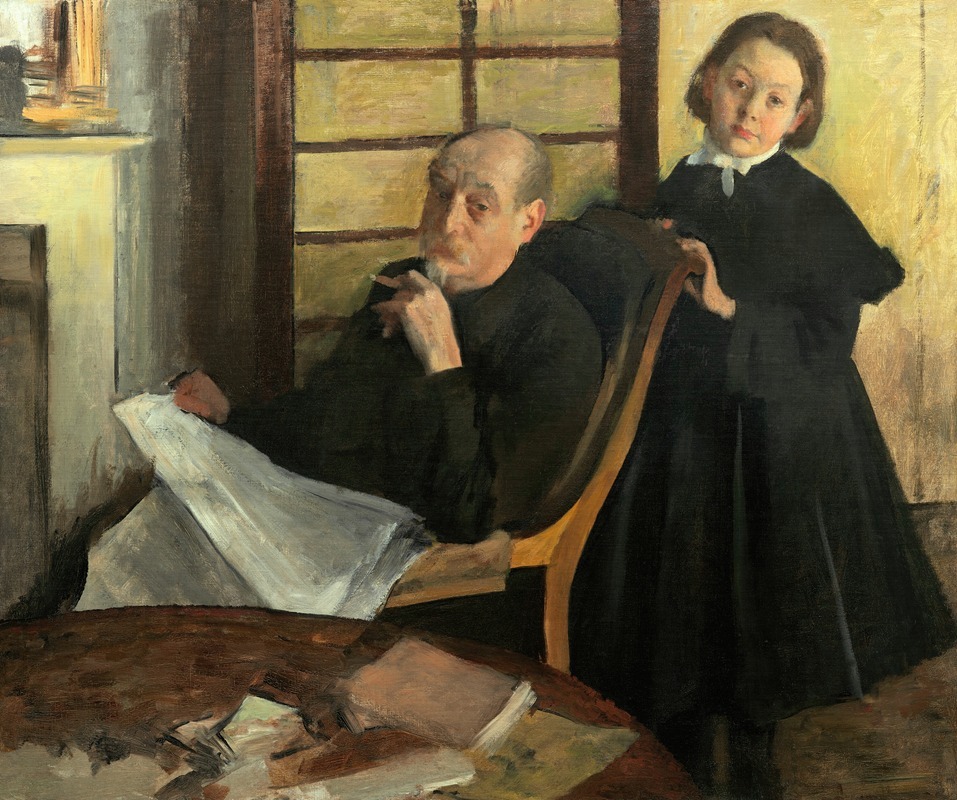
Henri Degas and His Niece Lucie Degas
A hand-painted replica of Edgar Degas’s masterpiece Henri Degas and His Niece Lucie Degas, meticulously crafted by professional artists to capture the true essence of the original. Each piece is created with museum-quality canvas and rare mineral pigments, carefully painted by experienced artists with delicate brushstrokes and rich, layered colors to perfectly recreate the texture of the original artwork. Unlike machine-printed reproductions, this hand-painted version brings the painting to life, infused with the artist’s emotions and skill in every stroke. Whether for personal collection or home decoration, it instantly elevates the artistic atmosphere of any space.
"Henri Degas and His Niece Lucie Degas" is a painting by the renowned French artist Edgar Degas. Edgar Degas, born Hilaire-Germain-Edgar De Gas on July 19, 1834, in Paris, France, is widely recognized for his contributions to the Impressionist movement, although he preferred to be called a Realist or Independent. His works are known for their depiction of movement, particularly in ballet dancers, and his innovative use of perspective and composition.
The painting "Henri Degas and His Niece Lucie Degas" features two of the artist's relatives. Henri Degas, Edgar's brother, is depicted alongside his daughter, Lucie Degas. The exact date of the painting is not well-documented, but it is believed to have been created in the latter part of the 19th century, during a period when Degas was deeply engaged in portraiture and capturing the intimate moments of his family and friends.
In this work, Degas employs his characteristic style, which includes a keen attention to detail and a subtle use of color and light. The composition is carefully arranged to highlight the relationship between the two subjects. Henri is often portrayed in a contemplative manner, reflecting the introspective nature that Degas frequently sought to capture in his portraits. Lucie, on the other hand, is depicted with a sense of innocence and youth, which contrasts with the more mature and reflective demeanor of her father.
Degas' technique in this painting showcases his mastery of both drawing and painting. He often combined these skills to create a sense of depth and realism. The textures of the clothing, the expressions on the faces, and the interplay of light and shadow all contribute to the lifelike quality of the portrait. Degas was known for his ability to convey the psychological depth of his subjects, and this painting is no exception.
The painting is also notable for its use of space and perspective. Degas often experimented with unconventional viewpoints and compositions, and in "Henri Degas and His Niece Lucie Degas," he creates a sense of intimacy and immediacy. The viewer feels almost as if they are part of the scene, witnessing a private moment between father and daughter.
While Degas is most famous for his depictions of ballet dancers, his portraits of family members and friends are equally significant in understanding his artistic legacy. These works provide insight into his personal life and relationships, as well as his evolving artistic techniques.
"Henri Degas and His Niece Lucie Degas" is a testament to Edgar Degas' skill as a portraitist and his ability to capture the essence of his subjects. The painting remains an important part of his oeuvre, illustrating his commitment to exploring the human condition through art. Today, Degas' works are celebrated worldwide, and his influence on the art world continues to be profound.





